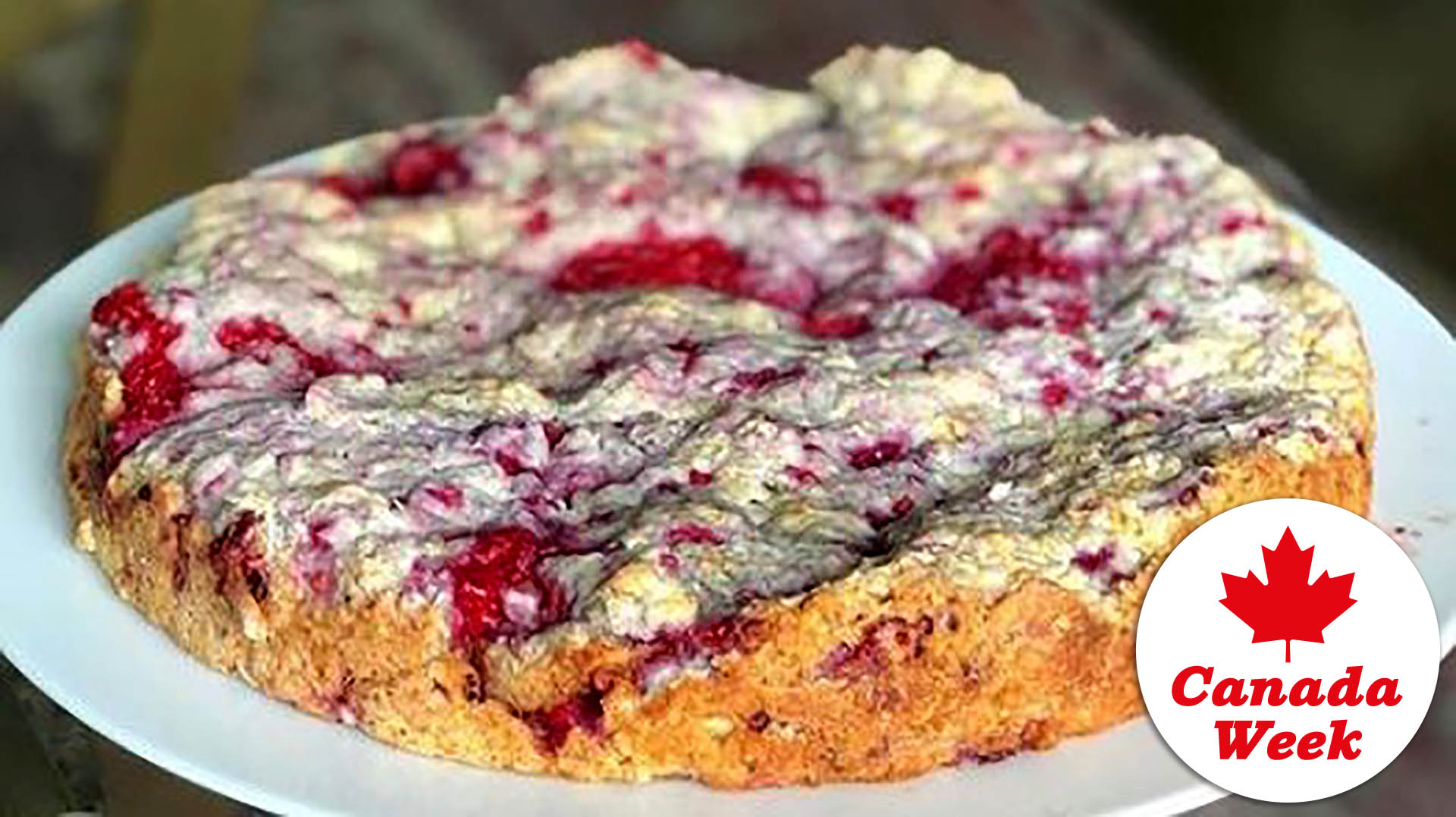Vancouver's Indigenous Baking Scene Gets An Assist From The Métis Bannock Queen
In honor of Canadian Thanksgiving, The Takeout is celebrating the nation's culinary contributions all week long. We hope you enjoy Canada Week.
All across Canada, Indigenous nations prepare some version of bannock. The Inuit call it "palauga," the Mi'kmaq call it "luskinikn," and the Ojibway refer to it as "ba`wezhiganag." Many Indigenous families have their own unique recipes, passed down from generation to generation, including Jillian Justine Brooks'.
Known on Instagram as The Métis Bannock Queen, Brooks grew up in Fort McMurray, Treaty 8, a First Nation territory in northwestern Canada, where she would eat her grandfather's bannock straight out of the oven, covered with jam and butter and honey. Bannock was originally brought to Canada by Scottish settlers in the 18th and 19th centuries and adopted by Indigenous people. The Scottish cooked the bread on a large, heated stone called a bannock stane, hence the name. (Some researchers claim, however, that Indigenous people made a hearth-baked bread similar to bannock with local grains prior to the arrival of the Europeans.) Today most bannock is fried, but Brooks' band is one of the few in Canada that still traditionally bakes it. Her grandfather passed the recipe down to her when she moved to Vancouver 15 years ago.
One day this past June, Brooks was reading a newspaper article about the best bannock in Vancouver and realized that none compared to her grandfather's. At the same time, Eastside Boxing Club, the not-for-profit gym where she works had ceased fundraising due to the pandemic. Brooks realized this was an opportunity to share a piece of her Métis culture and her grandfather's legacy, and to fundraise and give back to the gym. She casually posted on Instagram to see if there was interest and had an immediate response.
Since then, business has been booming. In four months, she has fulfilled 1,000 orders of bannock and raised over $5,000. She's also hired two additional people to help her. All profits are donated to various not-for-profit organizations around the city that are connected to Brooks in some way: the gym; the Hogan's Alley Society, a group that advocates for residents of Vancouver's historically Black neighborhood where Brooks currently lives; and the Urban Native Youth Association, which works to empower Indigenous youth.
This success is quite telling about just how amazing her family recipe is. Métis Bannock has a delightful biscuit- or scone-like texture, fresher and lighter than its fried brethren. It is fragrant, versatile, and humble, consisting of flour, sugar, butter, milk, and a leavening agent. Over the summer Brooks enhanced her recipe by incorporating fresh local berries. This autumn, she has added more seasonal flavors, including chive and cheddar, cinnamon and apple, cranberry lemon, and her personal favorite, bacon and apple. (There is also plain.) She takes orders for bannock over Instagram and sells them at Strange Fellows Brewing, which hosts a pop-up every Sunday to support and showcase local businesses. Recently, she teamed up with her aunt to sell local jams and preserves made from fruits sourced from her aunt's neighbors' backyard. In the future, she plans to pair up with local cafes and shops to sell her products.
Brooks never expected this to turn into a business venture, as she still has a full-time job as a production coordinator at a visual effects studio. But making bannock is something she looks forward to. She finds it therapeutic and a way to reduce stress. "The world stops," she explains.
She plans to ride the wave of bannock-making for as long as it lasts. "At least I got to share my family's story and recipe." It is also important to her to break the stigma around Indigenous people in Vancouver. "I was not always as proud and loud as I could have been about my heritage growing up," she says. People often question if she is Indigenous because she presents as white. "I struggle with the fact that I am a half breed and I don't have that stereotypical look," she explains. She is aware of her privilege based on how she presents and always asks herself, "Am I taking up someone else's space or voice? Am I representing the Métis people in a respectful and honorable way?" Through this business venture, she has met many other Métis people who have had these same shared struggles and experiences. They've inspired her to do some more research on Métis history and culture, and she's begun sharing educational posts on her Instagram along with work by other Indigenous folks around Canada, including bead artists and a cousin in Montreal known as "The Metis Bannock King."
There may perhaps be an opportunity in the future for Brooks to have her family recipes published and ensure their legacy carries on; she was recently contacted by Simon Fraser University about an opportunity to teach students enrolled in Indigenous Studies courses how to make her bannock and share her recipes as a teaching tool. "Nothing makes me happier than passing on memories from my family," she says. Her family is happy, too. Every time she speaks with her grandmother on the phone, her grandmother tells her, "You are making us more proud every time we talk to you."
